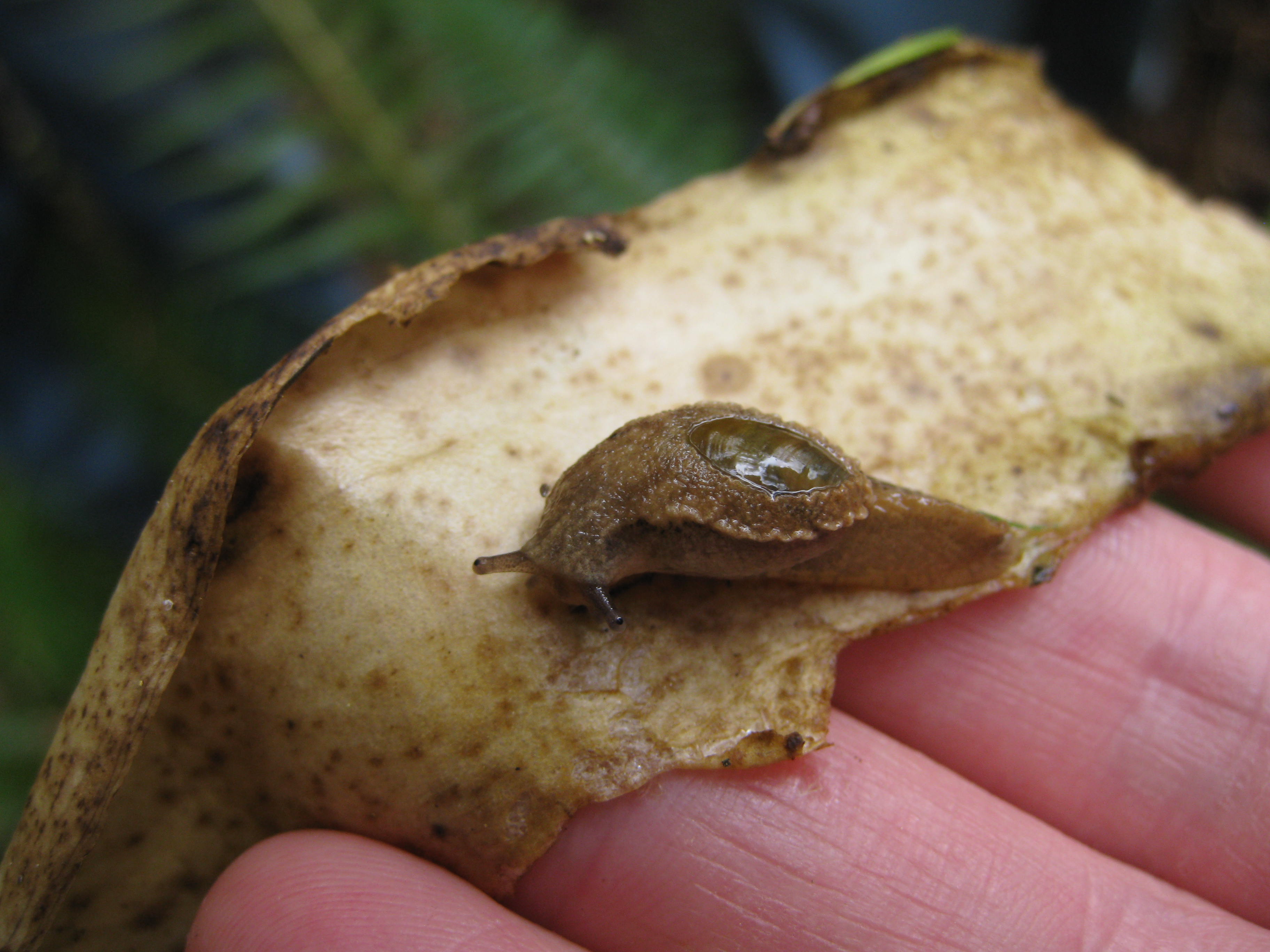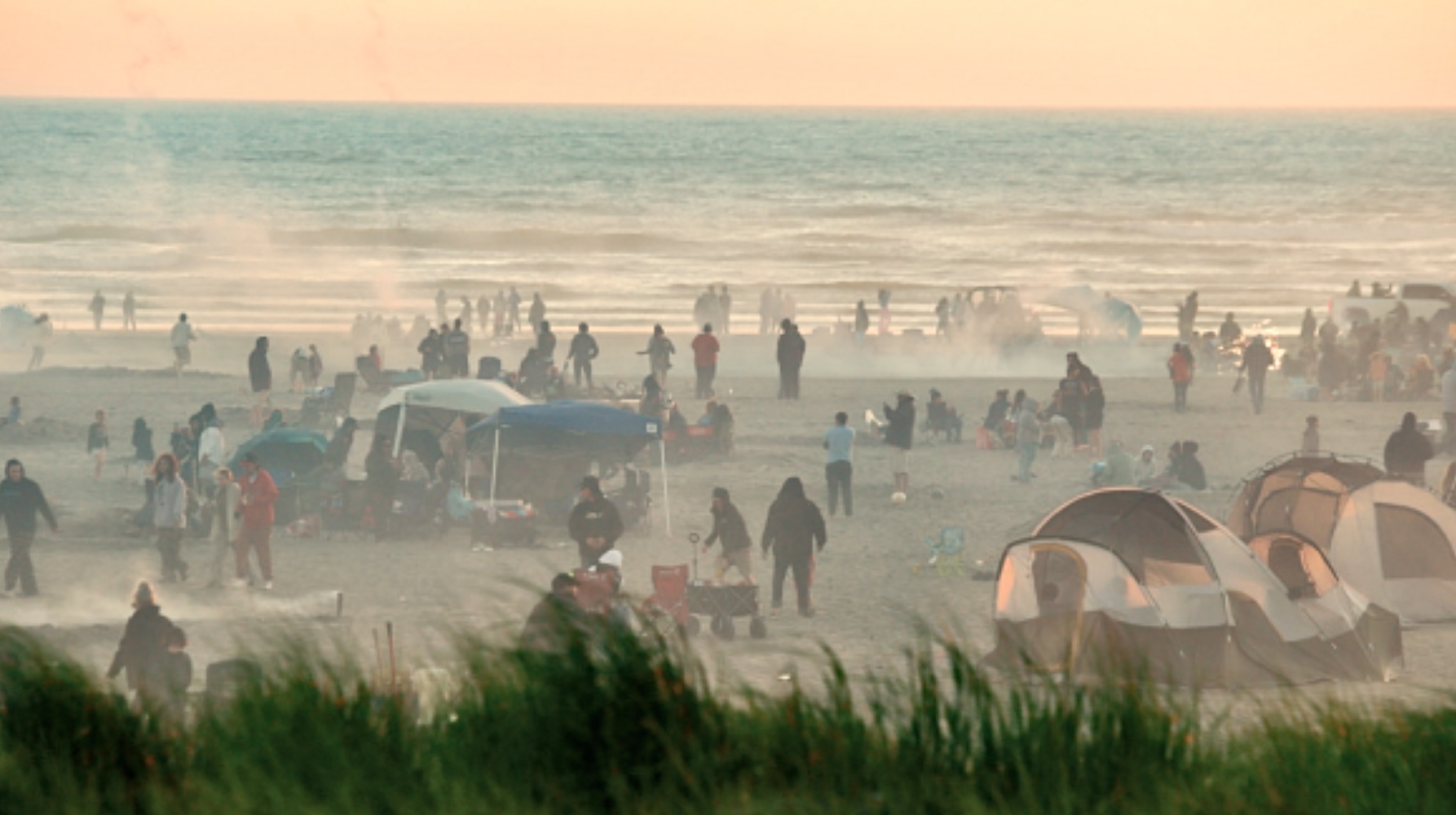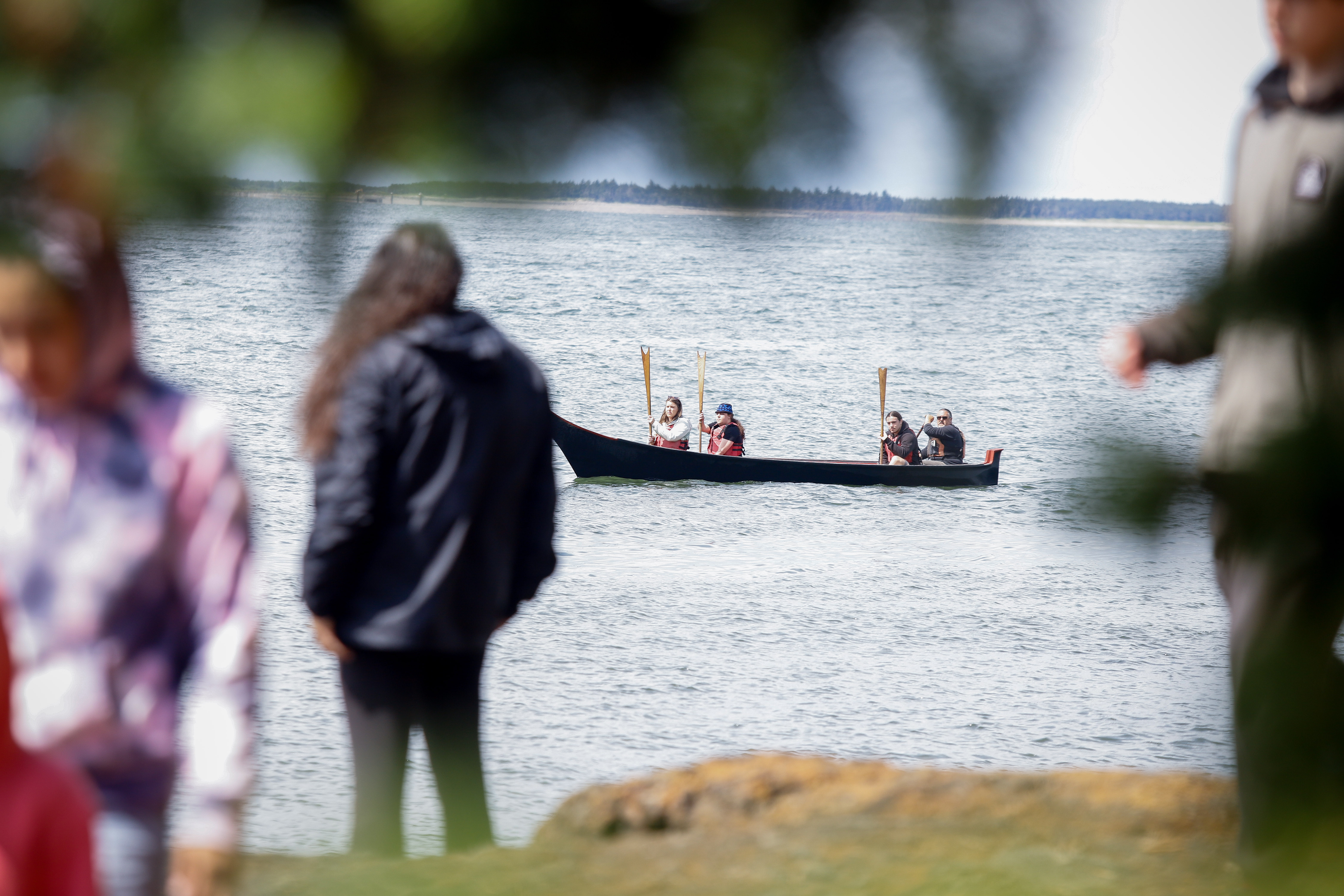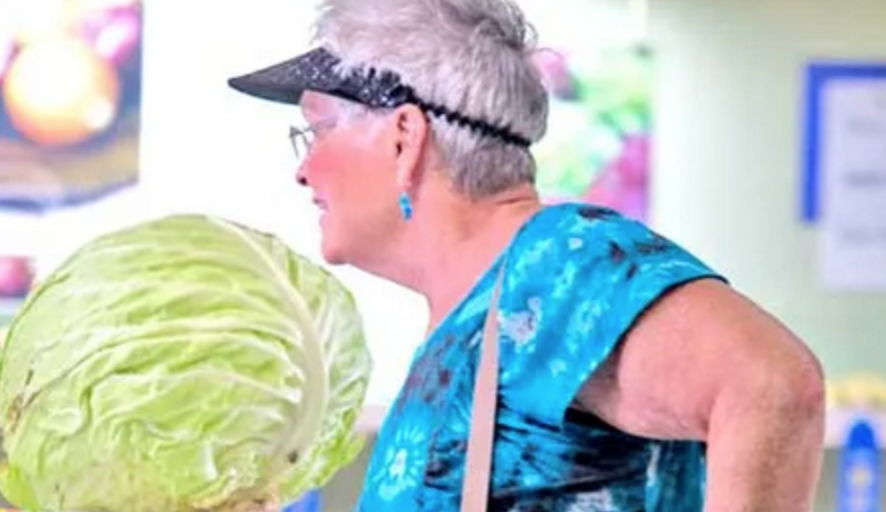Editor’s Notebook: Slugs and Snails: A tribute to our slimy little pals
Published 8:25 am Saturday, June 28, 2025
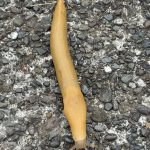


What are little boys made of?
Snips, snails
And puppy-dogs’ tails
That’s what little boys are made of
—Traditional nursery rhyme
As a former little boy, I was fine with this rhyme so long as those tails stayed securely attached to happy puppies. And snail shells were cool to look at. Never knew what “snips” were, but just now learned they are small eels from northwest England. An alternate version refers to “slugs and snails.”
Our dominant invasive slug species seems to be everywhere this year, thickly sprinkled on the ground like black pepper on scrambled eggs. They’ve even left slimy tracks on second-story windows at my house. Shouldn’t this past winter’s cold and snow have spelled slug Armageddon?
Our big native banana slugs are living small-scale dirigibles slowly sailing across the ground in a never-ending quest for plants to eat. After painstakingly preparing an asparagus bed at my old Altoona house, one morning I discovered they had staged an overnight raid from their forest home, leaving perfectly flat, dime-sized asparagus stumps cut off at ground level. The culprits happily breakfasted on the fallen stalks, and I left them to it.
Especially as mortality becomes ever-less hypothetical to me, I believe native slugs and snails — and all living things except for mosquitoes and fleas — deserve our respect and even affection. Finding a slug midway across asphalt, I imagine a fantastic scenario in which it regards itself as the Ferdinand Magellan of its kind, heroically striving to discover a rich new land across the street.
A friend recently reminded me that Frank Herbert, author of “Dune,” was inspired to create his desert planet Arrakis after visiting the Oregon Dunes near Florence. It’s fun to speculate maybe his monstrous sandworms might be at least a smidgen based on the voracious slugs on our north end of the coast.
Breakdancing slug
My favorite kind of slug — yes, it’s weird having a favorite — are our jumpers. Found only in the Pacific Northwest — four species on the Washington/Oregon coast and three inland — jumpers span the evolutionary ladder between slugs and snails.
Mary Terra-Berns has an excellent write-up about them at tinyurl.com/TNC-Jumpers. At few excerpts:
• “Mollusks often don’t generate much positive attention. Mollusca is the second-largest phylum of invertebrate animals (the largest, Arthropoda, includes insects, arachnids and crustaceans, among others). This huge group of invertebrates includes snails, slugs, mussels, and octopuses. Ok, octopuses are cool and are currently attracting a lot of popular attention. Mussels, well, people like to eat them, so they get a fair amount of attention too. Snails and slugs? Not so much. If people think about slugs at all, it is not going to be positive.”
• “Jumpers are distinguished from other northwestern slugs by the pronounced hump on their back. Unlike the hump on a grizzly’s back, which is muscle and fur, a jumping-slug’s hump houses their organs and has a vestigial shell.”
• ”The vestigial shell isn’t a complete shell, it’s more of a hard top that covers the hump (mantle) and peeks through the skin. If you tap on it, it sounds like you’re tapping on a shell. Slugs are snails that divested themselves of their shell; jumping slugs are in between the two. And yes, they do jump. Well, sort-of. It’s more of a squirming breakdance than hopping up and down.”
Years ago, I half jokingly suggested that the peninsula’s varsity sports teams adopt the name the Ilwaco Jumping Slugs. My idea, for some reason, hasn’t been greeted with enthusiasm.
Snail ranching
I see a small fraction as many snails as I do slugs, though it seemed the reverse was true in the Puget Sound town of Gig Harbor, where I once lived. It could be that our outer coast weather is just too wet for snails.
That, I’m told, is what doomed a 1980s experiment in raising restaurant-quality snails on the peninsula. A local restaurateur paid kids a few pennies each to collect them from the wild. He then set them grazing in a Sandridge Road corral, where they nearly all drowned in a heavy downpour.
Recalling this misadventure in a 2003 article, one of our writers rather unfairly said “relocating from Seattle to this kicked-back seaside community [of Seaview] to raise snails [was] a livelihood which must rank up there with occupational esoterica like grooming ferrets or cultivating elk antlers.”
Our homegrown snails — and, perhaps surprisingly, slugs — are perfectly edible, though cautious preparation is required.
Mother Earth News has this to say:
“Purging for a day or so with wholesome fodder (most any vegetable you would eat) is recommended. Boiling is preferred in the wild … as it makes the snail easy to remove from its shell. Boiling in vinegar removes the distasteful slime from a slug, which is its protection since it does not have a shell.
“Slugs can be a vector for transmission of parasitic nematodes that cause lungworm in various mammals, so they are usually avoided by hedgehogs and other mammals when other food is available. In a few rare cases, humans have contracted parasite-induced meningitis from eating raw slugs. Cook well.”
A last resort?
Although I’ve always figured nature’s bounty could sustain us coast dwellers after a nuclear war, rogue asteroid or UFO invasion, slugs might be close to a last desperate resort for me. How about you?
Oddly, I don’t have any aversion to snails, which always call to mind my evenings eating garlicky escargot and quaffing icy Chardonnay with my bewitching college friend Leslie, whose death from flu seven years ago left her wide circle of loved ones bereft.
Was Leslie “sugar and spice and everything nice?” She would have snorted with laughter at the very thought, and reached out with her tongs for another snail.



